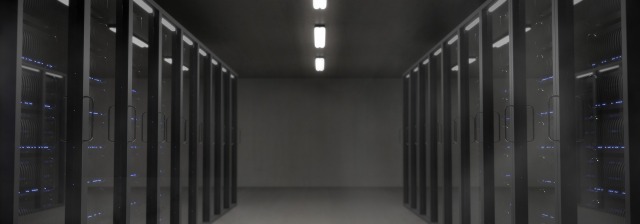
This year, we’ve seen a succession of catastrophic natural disasters – from Hurricane Harvey in the US to the devastating earthquakes in Iran and Iraq. Within mere minutes, nature is capable of downing power lines, ravaging transport links, and leaving entire towns completely destroyed.
So in the hours, days and weeks following a disaster, what can we do to help keep people safe?
Well-informed policy making, adequate resources and individual courage and compassion all play a role. But science and technology also act as rather unlikely heroes when it comes to disaster response; indeed, the role of state-of-the-art engineering and computing is becoming increasingly vital to humanitarian relief.
One of the great challenges in coping with the fallout from any disaster, be it natural or manmade, is gaining access to people in need; survivors are often stranded – cut off by damaged transport links, or trapped in hard to reach areas.
In the aftermath of a catastrophic event, conditions can be extremely dangerous, and sometimes it’s just not possible to carry out a rescue or to deliver much-needed supplies. That’s where drone technology comes in.

Disaster Relief Drones
In recent years, we’ve seen drones used more and more in the wake of natural disasters. Thanks to their small and versatile construction, drones are able to carry out reconnaissance, map damage and even deliver aid supplies.
Scientists and engineers are pushing the limits of what this technology can achieve. The technology company Animal Dynamics recently made headlines for its state-of-the art new drone, Skeeter.
Smaller than your hand and weighing less than two pound coins, Skeeter is modelled on the common garden dragonfly. It boasts four separate wings that mimic the insect’s natural flight, making it more manoeuvrable and robust than comparable drones.
Like a dragonfly, Skeeter can handle buffeting winds, and is able to continue flying even if one of its wings is damaged or destroyed. The new drone is also cheaper than many other models, making it a very useful tool for both military and humanitarian purposes.
Animal Dynamics are currently building and testing the cutting-edge drones. And, in time, it’s hoped that Skeeter could be used in search and rescue missions, and to help survey inaccessible areas, providing vital information to rescuers on the ground.

Saving Lives With Data
But, of course, drones are just a small piece of the puzzle when it comes to disaster response. State-of-the-art computing could also help us to better manage catastrophic events in the future. The ORCHID project, which concluded in 2015, has helped to shed light on the ways in which humans and computers can better cooperate in the wake of disasters.
Collaborative efforts involving both human beings and computers can help us to better process information and develop solutions to challenges. Humans and computers both ‘think’ very differently – each has their own advantages and flaws.
During disasters, huge amounts of data are generated: news reports, tweets, satellite images, photographs etc. Responders have to scrutinise all of this data in order to get an accurate picture of what’s going on on the ground – that information helps to inform relief and response efforts.
It’s difficult for human beings to sift through all of this data – there’s just so much of it. But computers also struggle here – the data is often unstructured, and so they find it difficult to identify patterns. However, by working together, humans and computers can better process and respond to this sort of data.
ORCHID’s research demonstrated ways in which Human Agent Collectives could improve our response to disasters. In the future, we may see humans and computers jointly guiding drones and responding to the visual information these vehicles transmit back.
Computers could help responders prioritise search and rescue missions by assessing the probability of life existing in ruined buildings; we could use this approach to assess risks and probabilities in order to generate an effective response.
Science and technology is always changing, and our response to catastrophic events will also change with it. Research that begins life in the lab may eventually find its way out into the field, where it can improve outcomes, enhance aid efforts and save lives.
A version of this article was originally published in The Oxford Mail